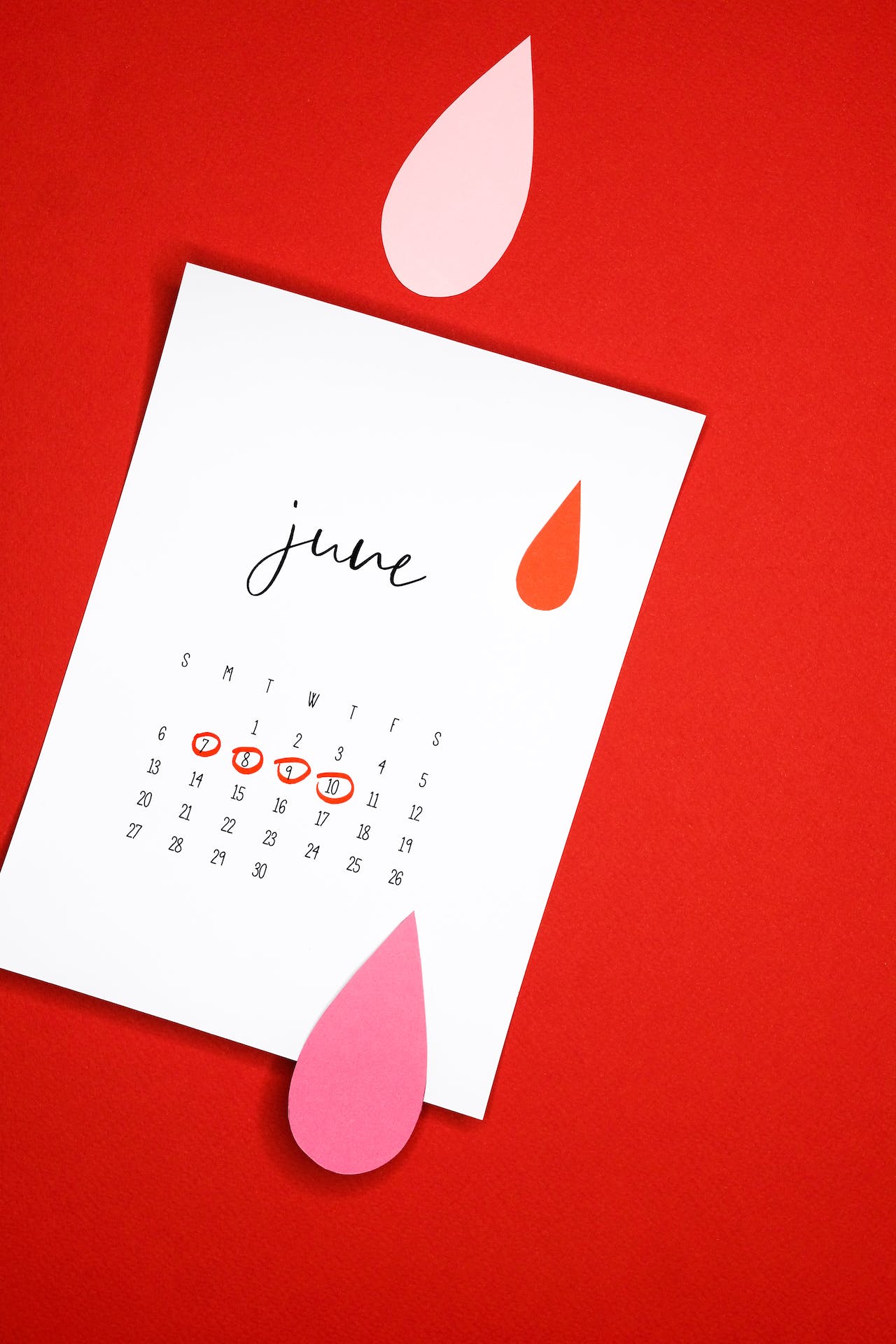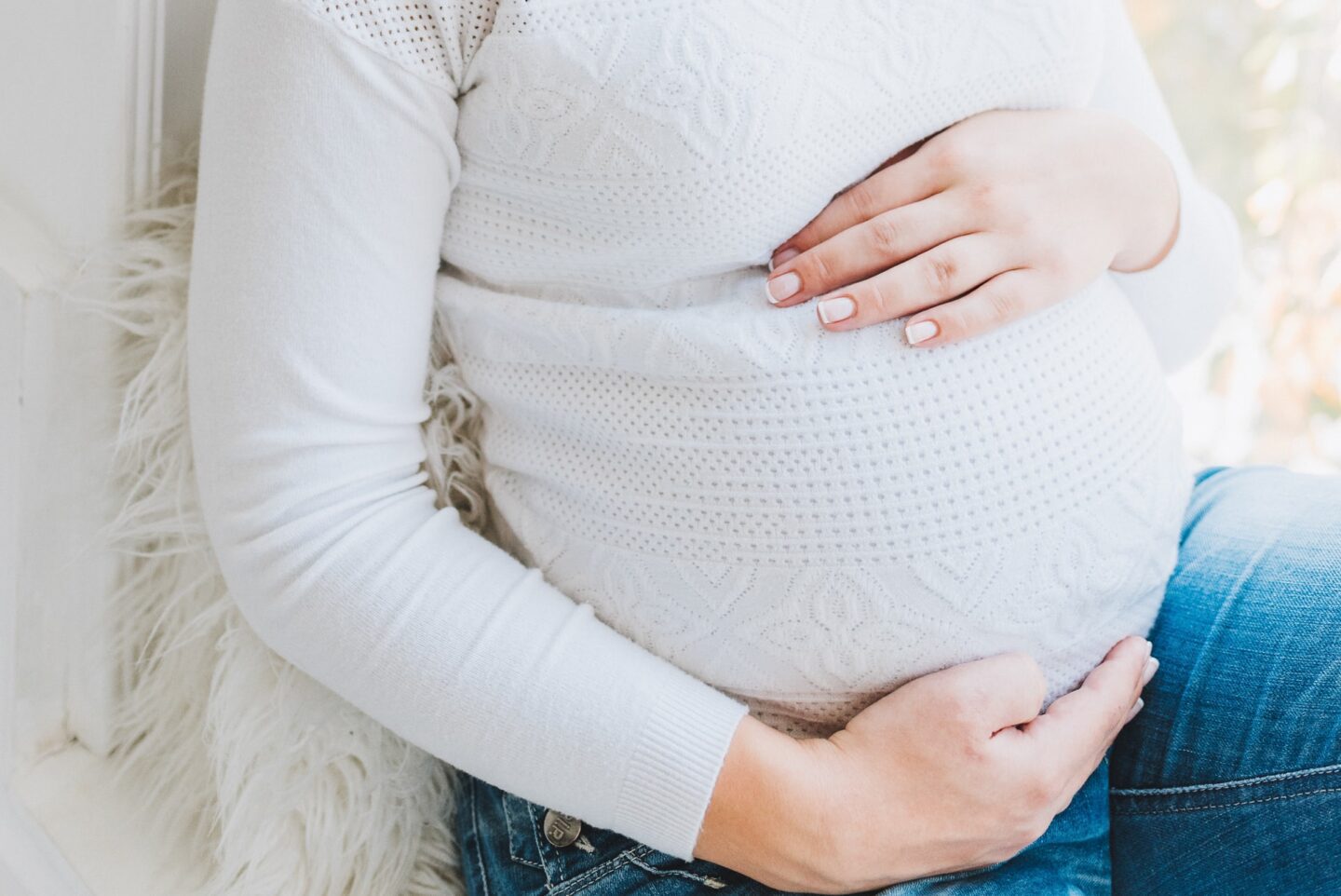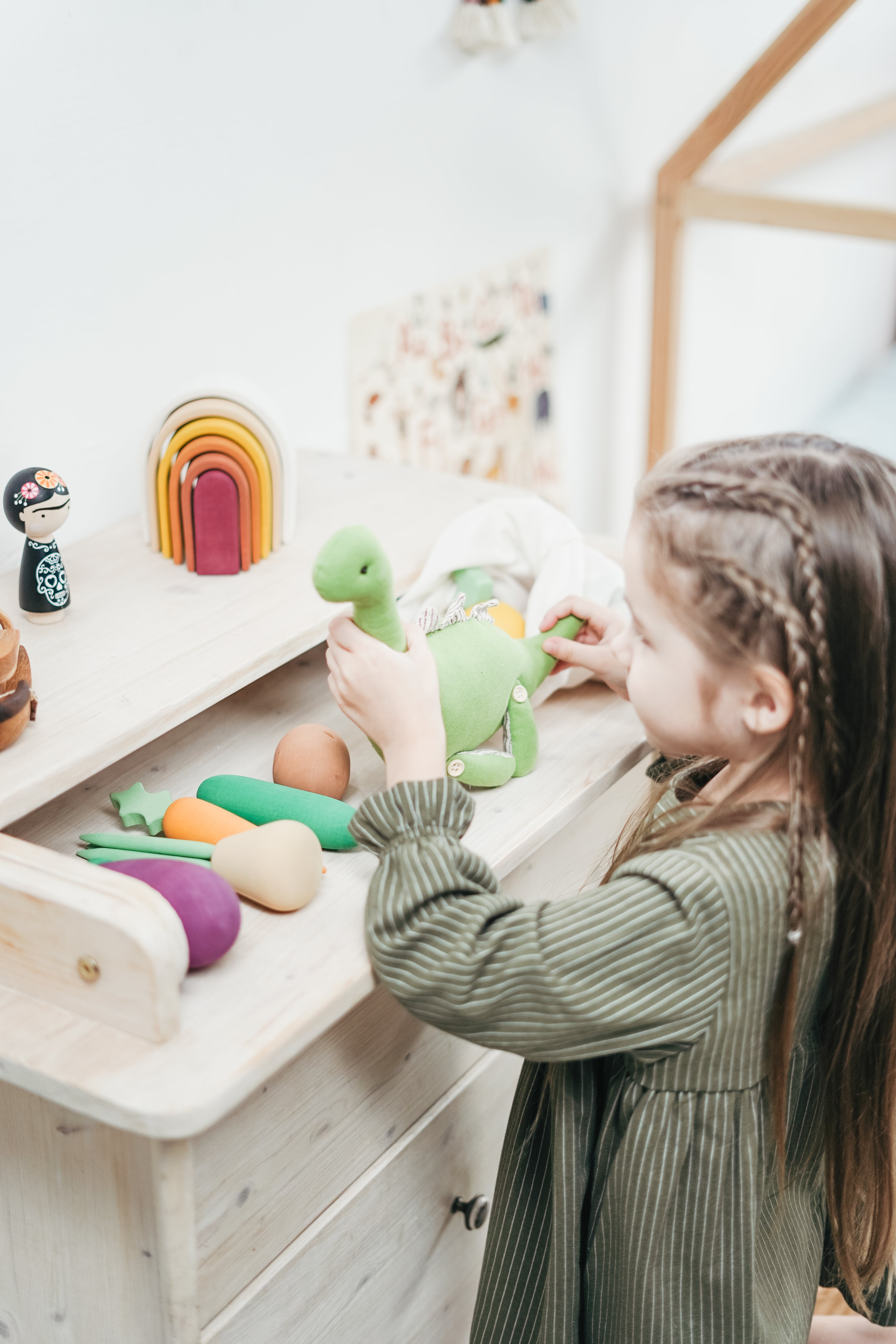5 Ovulation Symptoms To Know When Trying For A Baby
Here Are The Five Main Ovulation Symptoms I Had When Trying For A Baby, Including Changes In Cervical Mucus And Ovulation Discharge – And How To Track Ovulation
If you’re trying for a baby or tracking your periods, and want to find out when you are ovulating, read all about ovulation symptoms including how you can track ovulation and use cervical mucus and ovulation discharge to tell that you are ovulating – all from my tried and tested experience.

Trying For A Baby – Our Experiences
When we tried for our first baby I didn’t get pregnant for a long time, so I spent an awful lot of time tracking my ovulation symptoms. I could write a book about ovulation discharge! I wanted to know exactly when I was the most fertile so we could time sex around ovulation and maximise the chances of pregnancy.
Not everyone is bothered about tracking ovulation or monitoring their fertility. Lots of people I know decide to try for a baby and are pretty relaxed about it. I was not! When we first decided to try for a baby I wanted to get pregnant quickly, so read everything I could that would help me get pregnant as soon as possible. This included tracking ovulation symptoms.
Then the longer I didn’t get pregnant, the more obsessed I did get with it (just to warn you!) However, even at a basic level it can help to work out when you are ovulating, just so you can know your own body better.
Read my post on what no-one tells you when you don’t get pregnant.
Please note this is not intended as medical advice, this is just my experience and what I observed for myself. If you have any medical concerns please speak to a doctor.
What Is Ovulation?
Firstly, what is ovulation? Ovulation is a biological process where a mature egg is released from the ovary and then travels down the fallopian tube where it stays for around 12-24 hours. It is at this point it can be fertilised for pregnancy.
Tracking Periods To Work Out When Ovulation Happens

Tracking your periods is one of the easiest ways of working out when you might be ovulating. I’ve always used the Clue app to note when my periods happen. Apps like this will use the dates of you period and your ovulation symptoms and averages to work out and tell you when you are likely to be ovulate. (which is handy).
Your period or menstrual cycle is counted as starting from the first day of your period, up to the day before your next period starts. The length of an average cycle is 28 days, although it is completely normal for this to vary. Some women have shorter or much longer cycles (for example mine were 29 days).
Ovulation usually occurs 10-16 days before your period. So I could work out that I would usually ovulate at about two weeks into my cycle – although this is different for everyone and you need to work it out for yourself!
Ovulation Discharge: How Discharge Changes Before And During Ovulation
Ovulation discharge is one of the the big signs that you are ovulating. Your cervical mucus or discharge is fluid that your cervix produces. Discharge changes throughout your cycle, most notably when you are ovulating.
Cervical mucus just before and during ovulation becomes wetter and more clear. Ovulation discharge is known as egg white cervical mucus (EWCM) because it resembles egg white. Ovulation discharge is more slippery and can be stretched out between your fingers – yep, I’ve tried it!
Cervical mucus usually dries up if you have ovulated and the egg hasn’t fertilised. However, if you are pregnancy then after ovulation you will still have cervical mucus (this was one of my early pregnancy symptoms week 1).
How Can You Tell When You Are Ovulating?
There are various methods I used to predict when I was ovulating:
Using a period and ovulation tracking app
I could tell when I was ovulating by noting my periods and my ovulation symptoms using a period tracker app. You can even use your phone calendar or a diary.
This would work out when I was likely to ovulate. Although, this does depend on you having regular periods and the same length of cycle each month.
Using ovulation testing strips
Similar to pregnancy tests, these are test strips that you wee on. They will indicate if you are about to ovulate. This is due to the level of luteinizing hormones (LH) in your urine.
These tests are slightly different to pregnancy tests, as with the non-digital tests you don’t get either a positive or a negative, but a darker line. They do take some getting used to! You can also buy the digital tests with a screen, which indicate more strongly and are less confusing.
When we were TTC I spent a lot of time in the work toilet secretly weeing on tests. It was a strange time!
Charting temperature
Your basal body temperature (BBT) is your temperature when you are fully at rest. Your BBT increases when you ovulate – and during pregnancy – so if you take your temperature each day and write it down you can chart when it rises, which should indicate ovulation.
You will need to use a digital thermometer. you’ll need to record your temperature at the same time each morning. However, lots of factors can alter your temperature, including being ill or being hungover.
It helps to keep a record of your daily temperature using a special chart or book which you can buy from the chemist, or by using an app. If you do this over time, you should see a pattern emerging.
Keeping track of cervical mucus or ovulation discharge
Your cervical mucus changes in the run-up to and when you ovulate (as above). So you can work out from the texture if you are about to ovulate.
Ovulation Symptoms

The following were ovulation symptoms I experienced when trying for a baby:
- Increased temperature
- Changes in ovulation discharge and cervical mucus
- Slightly tender breasts
- Some women (not me!) experience bloating
- Some women also experience pain when ovulating – again, this isn’t a symptom of ovulation I ever had or have.
Do You Get Discharge After Ovulation If You Are Pregnant?
In my experience, yes – I did get discharge after ovulation when I was pregnant. My cervical mucus changed from the egg white ovulation discharge, but it didn’t dry up as it usually does after pregnancy.. This was – with hindsight – one of my early pregnancy signs.
Read more:
Read my posts on first trimester checklist and the secrets of the first trimester.
Follow me on Pinterest.
Please note this post is very much NOT intended as medical advice, this is just my experience and what I observed for myself. If you have any medical concerns or questions then please speak to a doctor.





